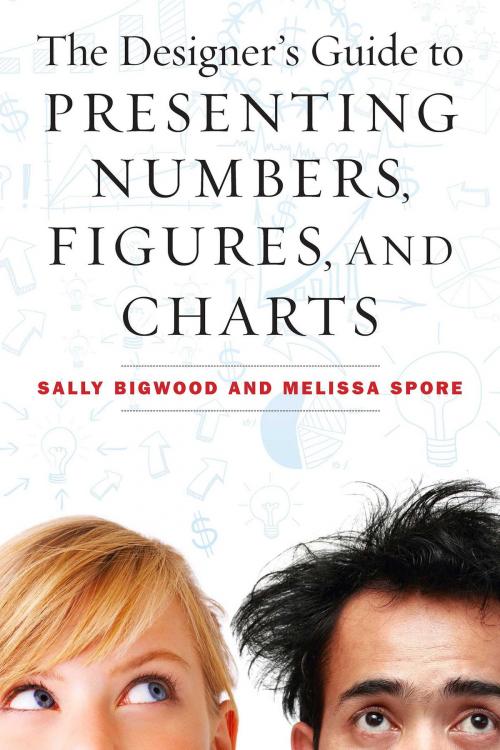The Designer's Guide to Presenting Numbers, Figures, and Charts
Nonfiction, Art & Architecture, General Art, Graphic Art & Design, Commercial Advertising, Criticism, General Design| Author: | Sally Bigwood, Melissa Spore | ISBN: | 9781621533849 |
| Publisher: | Allworth | Publication: | November 5, 2013 |
| Imprint: | Allworth | Language: | English |
| Author: | Sally Bigwood, Melissa Spore |
| ISBN: | 9781621533849 |
| Publisher: | Allworth |
| Publication: | November 5, 2013 |
| Imprint: | Allworth |
| Language: | English |
Numbers can tell an exciting story. The trick is to know what story to tell and make it understandable. This compact, practical guide will show everyone who must design numeric data how to transform raw data into readable, relevant information.
The Designer’s Guide to Presenting Numbers, Figures, and Charts brings together the guidelines established over the last forty years for making effective presentations of figures, tables, and graphs. Included are the straightforward steps designers and other professionals can take to make their tables and charts the most meaningful. The authors define and discuss a range of graph types, from simple bar and pie charts to contemporary “data visualizations,” offering explanations of the intended application of each. Readers will learn when to use a table, when to use a chart, which chart is best to use, and how to make all numeric presentations as comprehensible as possible. Specific topics include:
- Rounding numbers
- Table construction
- Chart design
- Guidance on numbers and page layout
- Color
- Reference and demonstration tables
- Presenting figures in PowerPoint
- Ordering numbers for decision-making
- Multiple comparisons
- Grids
- And more
Communicating information effectively is an increasingly important skill in the digital age. People find numbers persuasive, and well-executed visual presentations of information will influence more people and even shorten meetings. Complete with a glossary and helpful exercises, this guide offers everything needed to create more-effective presentations.
Numbers can tell an exciting story. The trick is to know what story to tell and make it understandable. This compact, practical guide will show everyone who must design numeric data how to transform raw data into readable, relevant information.
The Designer’s Guide to Presenting Numbers, Figures, and Charts brings together the guidelines established over the last forty years for making effective presentations of figures, tables, and graphs. Included are the straightforward steps designers and other professionals can take to make their tables and charts the most meaningful. The authors define and discuss a range of graph types, from simple bar and pie charts to contemporary “data visualizations,” offering explanations of the intended application of each. Readers will learn when to use a table, when to use a chart, which chart is best to use, and how to make all numeric presentations as comprehensible as possible. Specific topics include:
- Rounding numbers
- Table construction
- Chart design
- Guidance on numbers and page layout
- Color
- Reference and demonstration tables
- Presenting figures in PowerPoint
- Ordering numbers for decision-making
- Multiple comparisons
- Grids
- And more
Communicating information effectively is an increasingly important skill in the digital age. People find numbers persuasive, and well-executed visual presentations of information will influence more people and even shorten meetings. Complete with a glossary and helpful exercises, this guide offers everything needed to create more-effective presentations.















